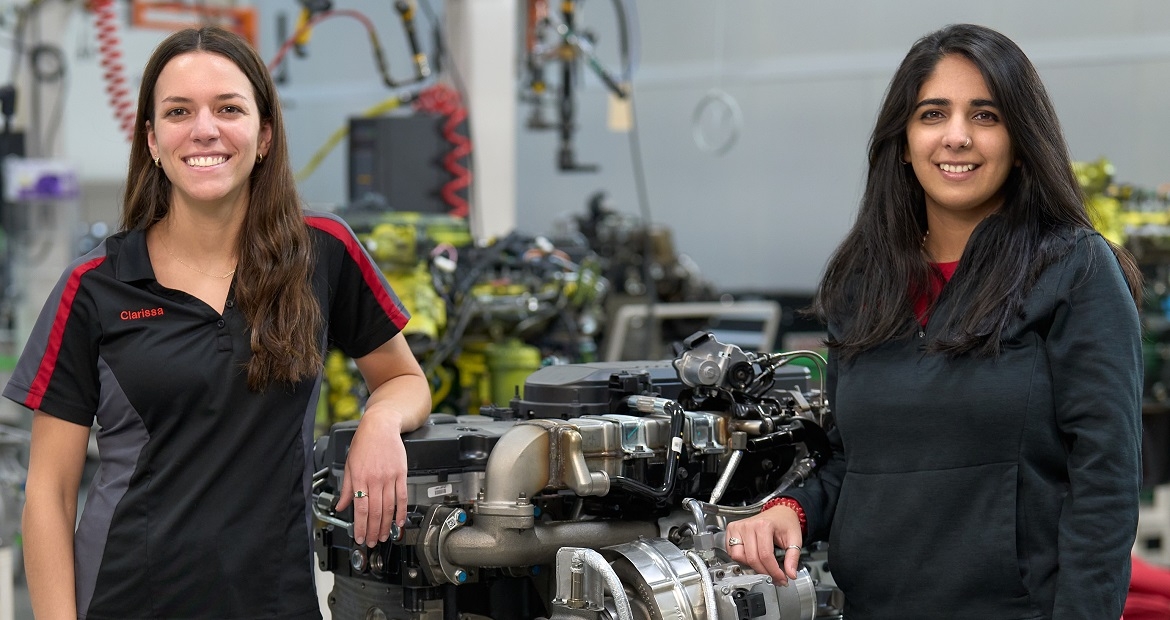Cummins plant receives Indiana governor's environmental excellence award
Cummins Inc.'s Columbus Mid-Range Engine Plant (CMEP) has received a 2022 Indiana Governor’s Award for Environmental Excellence for a project resulting in the plant no longer painting 6.7-liter diesel engines with a clear coating before they leave the facility.

